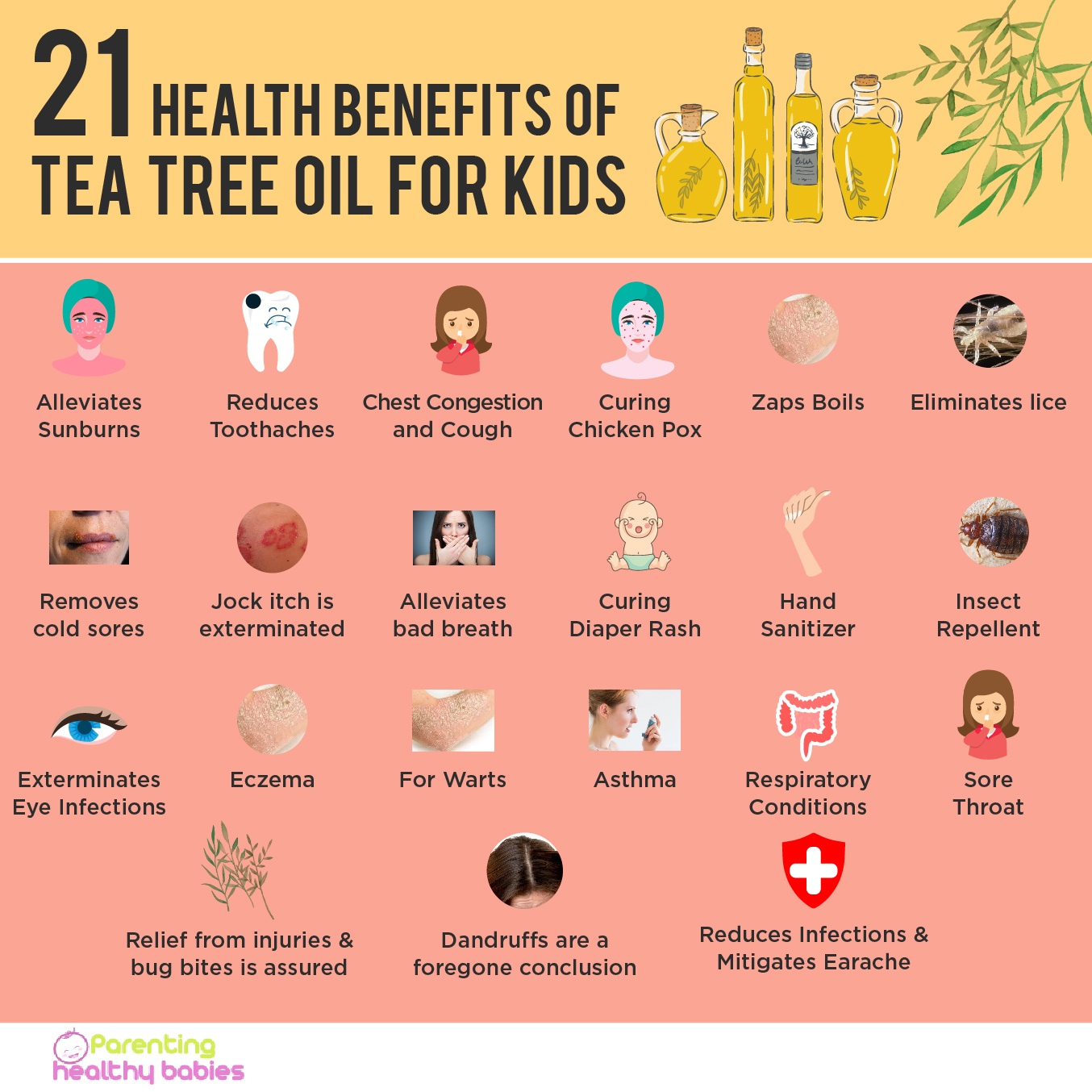Wheatgrass juice reduces cholesterol levels, aids in blood sugar regulation, helps in weight loss and kill cancer cells, alleviates inflammation, easy to consume and absorb and treats gastrointestinal distress.
In this article:
What is Wheatgrass?
What are the Risks of Consuming Wheatgrass?
Top 11 Health Benefits of Wheatgrass Juice
How can I Make it at Home?
Some Wheatgrass Recipes to Try
What is Wheatgrass?
Wheatgrass is a nutrient-rich type of young grass in the wheat family. It’s sold as a dietary supplement in tablet, capsule, powder and liquid forms. Wheatgrass is also commonly used for juicing or added to smoothies. Wheatgrass provides a concentrated amount of nutrients, including iron, calcium, magnesium, amino acids, chlorophyll, and vitamins A, C and E.
What are the Risks of Consuming Wheatgrass?
Although wheatgrass is considered safe, some people have reported side effects after eating it, especially in high doses. They have ranged from mild (with headaches and nausea) to more serious allergic reactions (such as hives and swelling of the throat).
Wheatgrass is usually grown in soil or water and consumed raw, which means it could be contaminated with bacteria or mould. If you’re pregnant or breastfeeding, avoid consuming wheatgrass.
Top 11 Health Benefits of Wheatgrass Juice
There are several health benefits of consuming wheatgrass, namely:
Is High in Nutrients and Antioxidants
Antioxidants are compounds that fight free radicals to prevent cell damage and reduce oxidative stress. Some studies have found that antioxidants may help protect against certain conditions, such as heart disease, cancer, arthritis and neurodegenerative diseases.
Wheatgrass is an excellent source of several different vitamins and minerals. It is especially high in vitamins A, C and E, as well as iron, magnesium, calcium and amino acids. Of its 17 amino acids, eight are considered essential, meaning your body cannot produce them and you must obtain them from food sources.
Like all green plants, wheatgrass consists of chlorophyll, a type of green plant pigment associated with many health benefits. It also contains several important antioxidants, including glutathione and vitamins C and E.
Aids in Blood Sugar Regulation
High blood sugar can cause a wide array of symptoms, including headaches, thirst, frequent urination and fatigue. Over time, high blood sugar can have serious consequences like nerve damage, skin infections and vision problems. Studies show that it helps keep blood sugar levels down
Reduces Cholesterol Levels
Cholesterol is a waxy substance found throughout the body. While you need some cholesterol to make hormones and produce bile, too much cholesterol in your blood can block blood flow in arteries and veins and increase your risk of heart disease. Several animal studies have found that wheatgrass may help lower cholesterol levels.
Helps Kill Cancer Cells
Thanks to its high antioxidant content, some test-tube studies have found that wheatgrass may help kill cancer cells and reduce cancer development. Also, one human study found that it may reduce the complications of chemotherapy.
Alleviates Inflammation
Inflammation is a normal response triggered by the immune system to protect the body against injury and infection. However, chronic inflammation is believed to contribute to conditions like cancer, heart disease and autoimmune disorders. Some research shows that wheatgrass and its components may help reduce inflammation. Drinking just under 100 ml of wheatgrass juice for one month reduced disease severity and rectal bleeding in patients with ulcerative colitis. This is due to wheatgrass being rich in chlorophyll, a plant pigment with powerful anti-inflammatory properties.
Helps with Weight Loss
Many people have started adding wheatgrass juice to their diet as a quick and convenient way to boost weight loss. Wheatgrass contains thylakoids, which are tiny compartments found in plants that contain chlorophyll and absorb sunlight for photosynthesis. Several studies have found that adding thylakoids in your diet could enhance satiety and increase weight loss. However, note that thylakoids can also be found in many other food sources, especially in green vegetables and leafy greens like spinach, kale and lettuce.
Easy to Consume and Absorb
Wheatgrass is widely available in powder, juice and capsule form and can easily be found at health food shops and speciality grocery stores. Furthermore, if you are able to grow wheatgrass at home, you can use a juicer to make your own wheatgrass juice. Besides drinking wheatgrass juice, you can use the juice or powder to boost the nutritional content of your green smoothies. You can also mix wheatgrass juice into salad dressings, teas or other beverages.
Fights Infections
Some research has discovered that wheatgrass can kill or slow the growth of certain infections. This can be especially helpful in the treatment of infections that are resistant to antibiotics, or for people who are allergic to specific antibiotics. Wheatgrass has antimicrobial properties that can fight certain types of strep infections, as well as some forms of a bacteria called Lactobacillus. Lactobacillus bacteria play a major role in many infections, including dental infections.
Treats Gastrointestinal Distress
Practitioners of traditional medicine have long used wheatgrass to reduce stomach pain and manage minor gastrointestinal problems, such as diarrhoea. These gastrointestinal benefits of wheatgrass may be partially due to its high fibre content. Wheatgrass is gluten-free, making it a good option for people with gluten intolerance.
Prevents and Treats Diabetes
Research has found that wheatgrass may benefit those with diabetes. In a 2014 study on rats, it was found that wheatgrass could raise insulin levels and helping to lower blood glucose. By fighting inflammation, wheatgrass may also help reduce the side effects of diabetes.
The Best Source of Chlorophyll
Wheatgrass juice contains up to 70% chlorophyll, which is an important blood builder. Chlorophyll contains enzymes and superoxide dismutase (SOD), a copper-containing protein found in mature red blood cells. This enzyme decomposes superoxide radicals in the body into a more manageable form, thereby helping to slow down the ageing process.
Chlorophyll is anti-bacterial and can be used inside and outside the body as a natural healer to renew cells and tissue matter. In addition, scientists have never found wheatgrass to be toxic in any amount when given to either animals or humans.
How can I Make it at Home?
Wheatgrass tastes like grass, and it can overpower other flavours. Mixing raw wheatgrass in a smoothie can still produce a drink that tastes like something out of a lawnmower. But combining wheatgrass with other ingredients that have a strong taste, such as pineapple or citrus, can help balance and improve the flavours.
You can consume it either in tablet or powder forms or blended into a smoothie with other fruit and ingredients.
Some Wheatgrass Recipes to Try
Green Juice
Ingredients
- 1 handful of spinach⠀
- 1 organic cucumber
- a squeeze of lemon or lime
- 1/2 organic apple, cored and chopped⠀
- 1 tsp Wheatgrass powder or a handful of wheatgrass stalks
- 1/4-1/2 cup mineral or filtered water (if needed)
Method
Add spinach, cucumber and apple into your juicer, then stir the lemon juice, Wheatgrass and water into the juice.
Wheatgrass Mint Choco Chip Smoothie
Ingredients
- 1½ cups non-dairy milk (try almond, coconut or cashew milk)
- 1 cup spinach
- 1 frozen banana
- 1 tsp Wheatgrass powder
- ½ avocado
- 2 handfuls mint
- coconut whipped cream for garnish
Method
- Blend everything (except cacao nibs) in a blender.
- Transfer smoothie into a glass.
- Serve with coconut whipped cream.
Conclusion
Wheatgrass isn’t a miracle substance and shouldn’t replace regular medical care or a healthy diet that includes plenty of fresh fruits and vegetables. But used sensibly and in moderation, wheatgrass may add variety to your diet.
Sources
https://thechalkboardmag.com/50-reasons-to-drink-wheatgrass
https://www.juiceitup.com/wheatgrass-shots.htm













